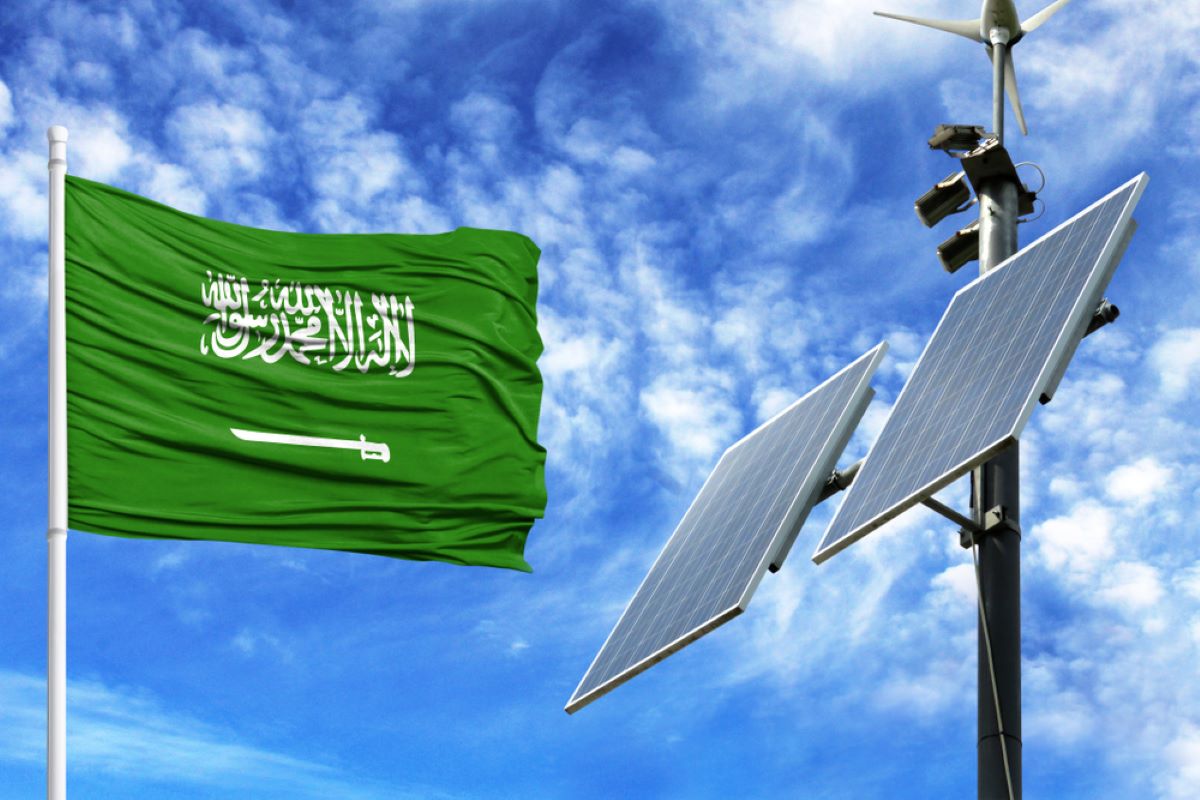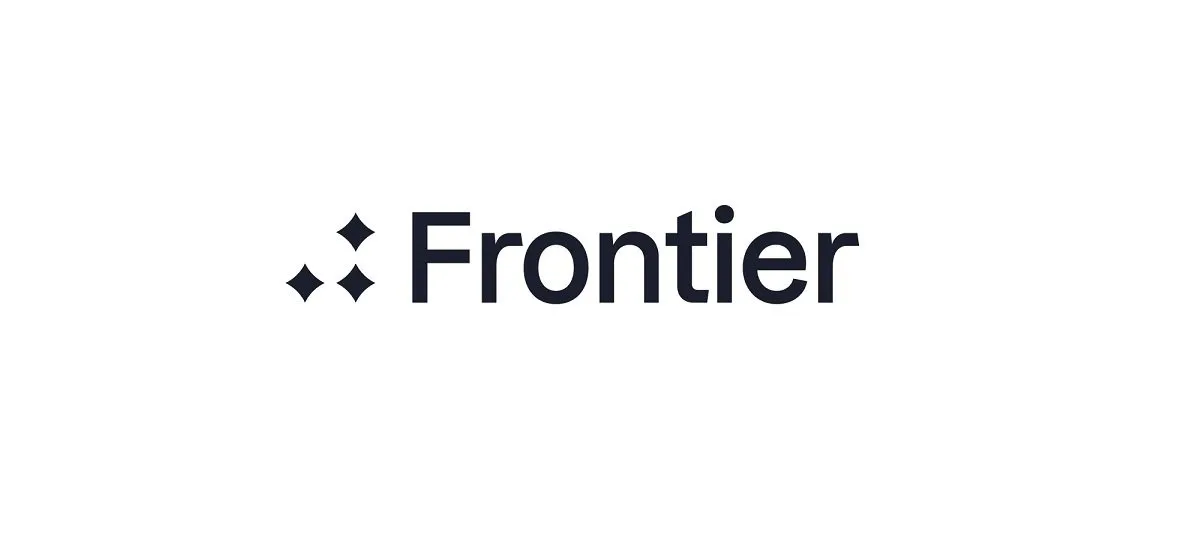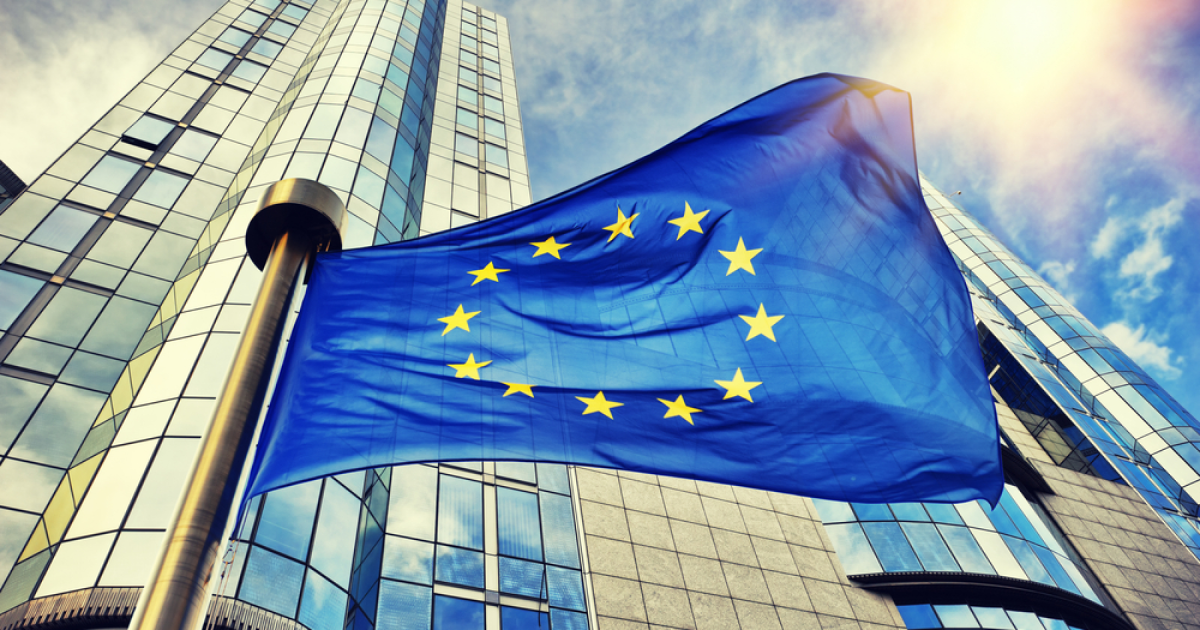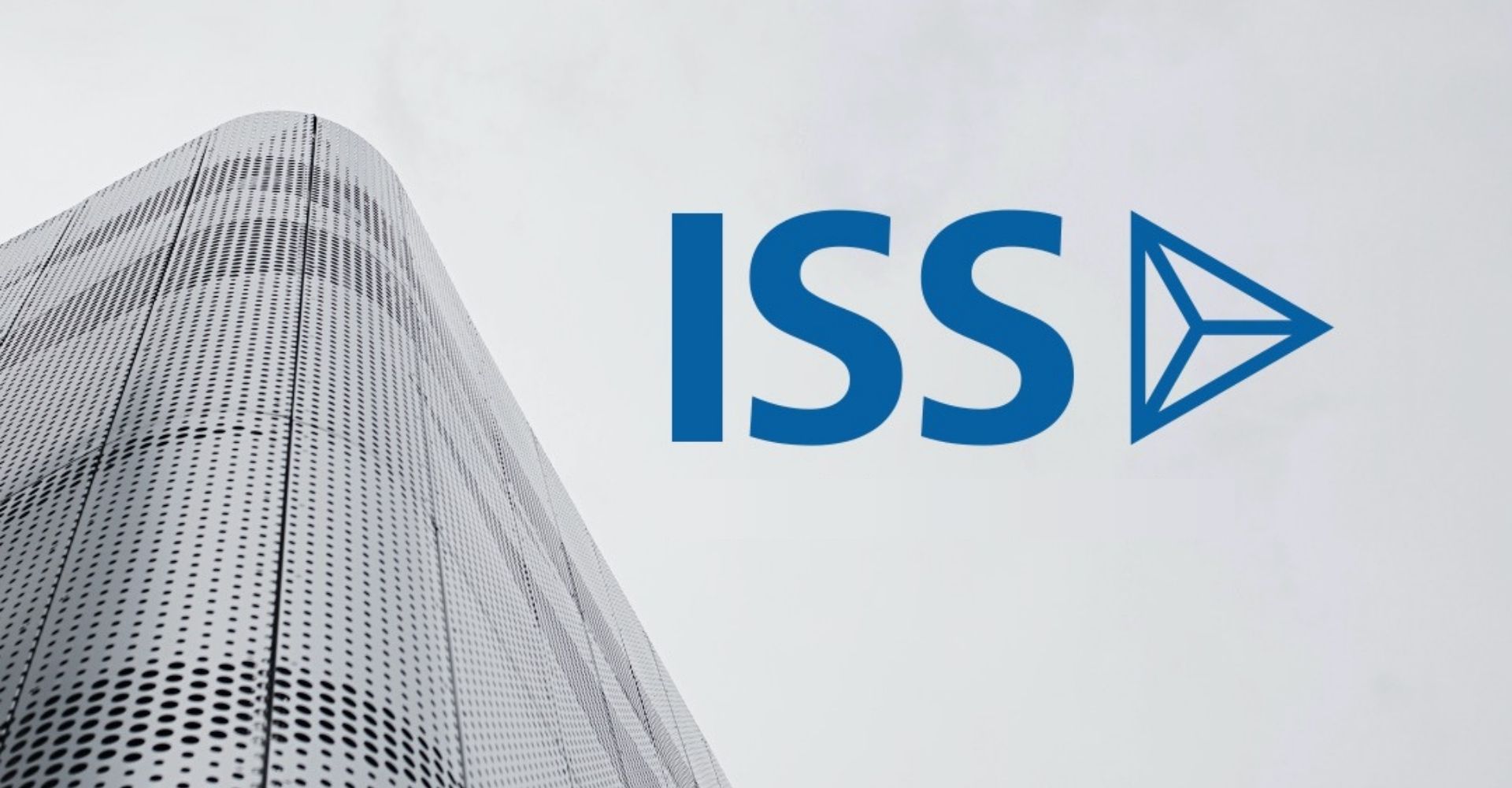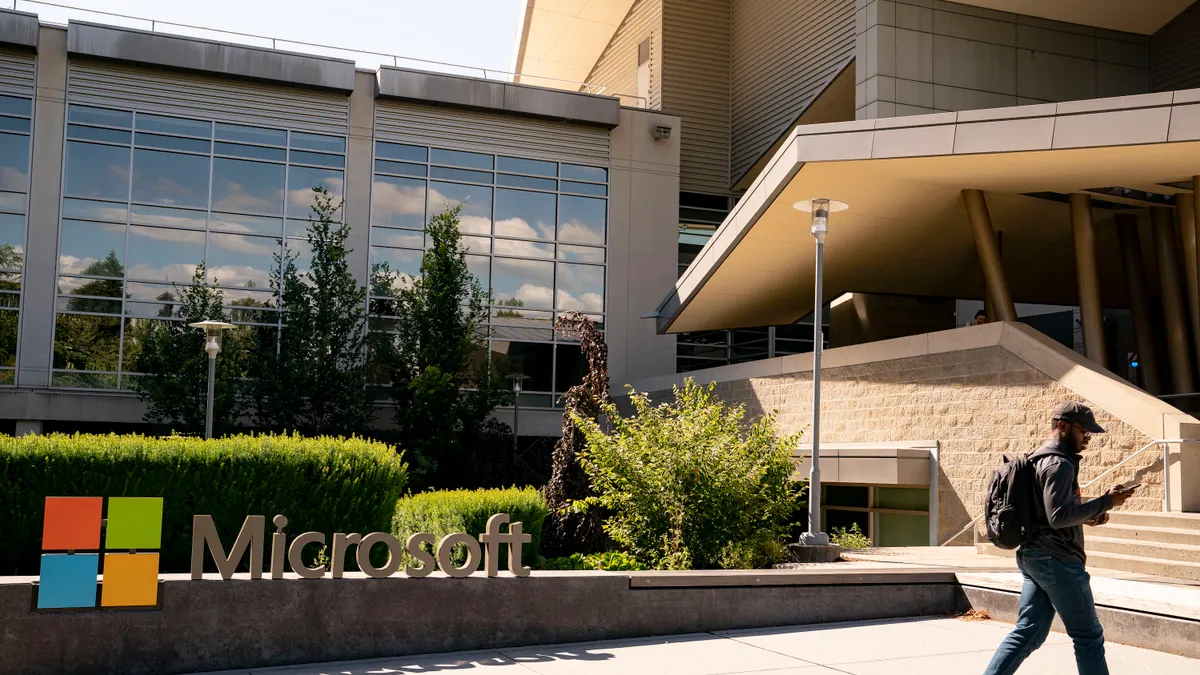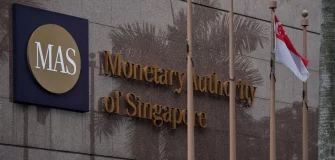EU Commission Approves €1 billion German Measure To Support Salzgitter To Decarbonize Steel Production
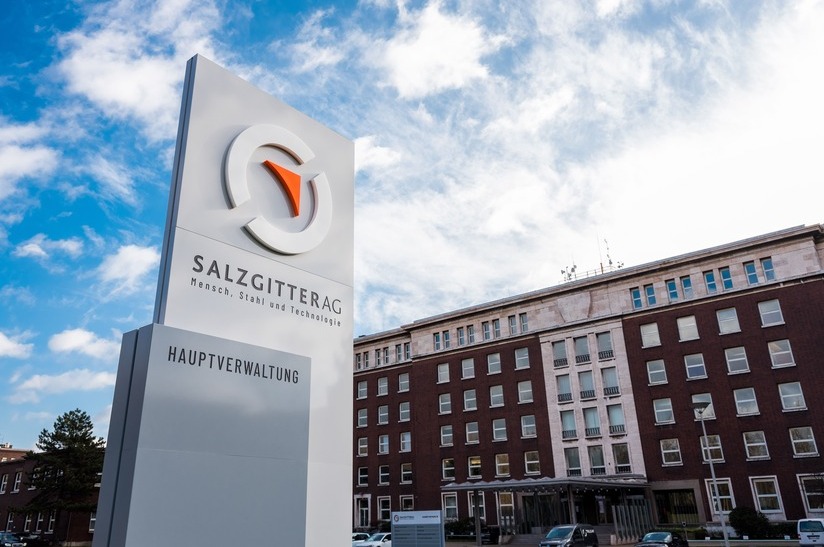
The European Commission has approved, under EU State aid rules, a €1 billion German measure to help Salzgitter Flachstahl GmbH decarbonize its steel production processes by using hydrogen, including renewable hydrogen produced on site, thanks to a new production facility. The measure contributes to the achievement of the EU Hydrogen Strategy and the European Green Deal targets, while helping reduce dependence on imported Russian fossil fuels and fast forward the green transition, in line with the REPowerEU Plan.
The decision follows the approvals on 15 July 2022 and on 21 September 2022 of two Important Projects of Common European Interest (IPCEI ‘Hy2Tech’ and IPCEI ‘Hy2Use’) in the hydrogen value chain. Salzgitter’s project was selected by Germany in the context of an open call to form part of an IPCEI on hydrogen technologies and systems, which resulted in the two approved IPCEIs. However, given its characteristics and objectives, it was better suited for assessment under the Guidelines on State aid for climate, environmental protection and energy 2022.
Executive Vice-President Margrethe Vestager, in charge of competition policy, said: “This €1 billion measure enables Germany to support Salzgitter’s plans to decarbonize its steel production processes by using and producing renewable hydrogen. This will contribute to the greening of a very energy-intensive and hard-to-abate sector while reducing Germany’s dependence on imported fossil fuels. This is a good example of how our State aid framework enables Member States to help the EU’s energy intensive sectors tackle the challenges of greening.”
The German measure
Germany notified to the Commission a €1 billion measure to support investments in the greening of Salzgitter’s steel manufacturing processes thanks to increased production and use of renewable hydrogen.
The aid, which will take the form of a direct grant, will support the construction and installation at the company’s site in the city of Salzgitter (Lower Saxony) of a direct reduction plant and electric arc furnace which will replace one of the blast furnaces currently operated by Salzgitter. This will allow to substitute the use of fossil sources (i.e. carbon in iron ore) with hydrogen in steel production, thereby avoiding almost all direct CO2 emissions in steel production. The new installation will produce in a greener manner approximately 1.9 million tonnes per year of crude steel – the same volume of crude steel currently produced via a more polluting process.
The measure will also support the construction and installation of a large-scale (100 MW) electrolyzer, which will produce approximately 9,000 tonnes of renewable hydrogen per year. The hydrogen produced by the electrolyzer will be used as feedstock in the direct reduction plant. The electrolyzer, the direct reduction plant and the electric arc furnace are envisaged to start operating in 2026.
Once completed, the project is expected to avoid the release of 3.6 million tonnes of carbon dioxide annually. In addition, to maximize the greenhouse gas emissions’ reduction, the generated hydrogen will be produced solely with the electricity stemming from renewable sources.
See related article: EU Commission Takes Action To Reduce Waste From Single-Use Plastics
The Commission’s assessment
The Commission assessed the measure under EU State aid rules, in particular Article 107(3)(c) of the Treaty on the Functioning of the European Union (‘TFEU’), which enables EU countries to support the development of certain economic activities subject to certain conditions, and the Guidelines on State aid for climate, environmental protection and energy 2022.
Germany selected Salzgitter’s project in the context of an open call in 2021, to form part of an IPCEI on hydrogen technologies and systems. Its primary objective is to apply technologies aimed at reducing greenhouse gas emissions in the beneficiary’s production processes, which is one of the main categories of aid allowed by the CEEAG. The measure was therefore best suited for assessment under the CEEAG.
The Commission found that:
- The project applies an innovative technology, which follows on from research and development and innovation (R&D&I) activities conducted by the beneficiary.
- The measure facilitates the development of an economic activity, in particular the production of steel in a more sustainable manner, thanks to the renewable hydrogen production and its use of it in the production process. At the same time, it supports the objectives of key EU policy initiatives such as the European Green Deal, the EU Hydrogen Strategy and the REPowerEU Plan.
- The aid has an ‘incentive effect’, as the beneficiary would not carry out the investments in the steel process decarbonization project without the public support.
- The measure has a limited impact on competition and trade within the EU. In particular, it is necessary and appropriate to ensure production of renewable hydrogen and of more sustainable steel. In addition, it is proportionate, as the level of the aid corresponds to the effective financing needs. Furthermore, if the project turns out to be very successful, generating extra net revenues, the company will return part of the aid received to Germany (claw-back mechanism).
- The aid brings about positive effects that outweigh any potential distortion of competition and trade in the EU.
On this basis, the Commission approved the aid under EU State aid rules.
Source: EU Commission

